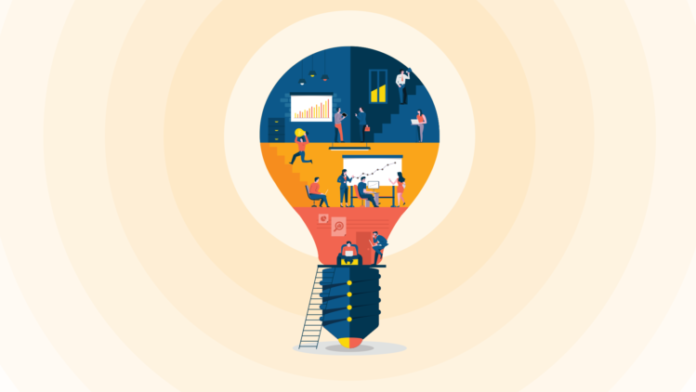In recent years, data learning has emerged as a revolutionary tool that has been widely adopted in different industries for many purposes, and its applications are limitless.
This article will discuss the ten most common uses of data learning, how it is transforming different industries, and its potential impact on the future.
Predictive Analytics from Data Learning
Predictive analytics is one of the most important applications of data learning. By analyzing past data, machine learning algorithms can predict future outcomes with a high level of accuracy. Several businesses, including banking, healthcare, and marketing, employ this technology to forecast consumer behaviour, trends, and risk concerns. Additionally, fraud prevention uses predictive analytics to spot fraudulent activity and stop monetary losses.
Fraud Detection By Data Learning
Fraud detection is another common use of data learning. By analyzing large amounts of data, machine learning algorithms can identify patterns and anomalies that indicate fraudulent activities. To identify credit card fraud, identity theft, and other financial crimes, this technology is commonly utilised in the banking and finance sector.
Sentiment Analysis
Sentiment analysis is the process of analyzing text data to determine the sentiment of the writer. This technology is widely used in social media monitoring and customer feedback analysis. By analyzing customer reviews, feedback, and social media posts, businesses can gain valuable insights into customer preferences and behavior.
Recommendation Engines
Customers receive personalised recommendations from recommendation engines based on their prior behaviour and preferences. This technique is frequently employed in the e-commerce, media, and entertainment industries to offer personalised product suggestions, movie and TV show recommendations, and music recommendations.
Natural Language Processing by Data Learning
Natural Language Processing (NLP) is the process of analyzing and understanding human language by machines. Speech recognition, language translation, and chatbots are just a few of the uses for this technology. Additionally, sentiment analysis and recommendation engines make use of NLP.
Image and Speech Recognition
Image and speech recognition are two common applications of data in computer vision and audio processing. Machine learning algorithms are trained to recognize and interpret visual and audio data, which can be used in various applications, incorporating surveillance, autonomous vehicles, and speech-to-text transcription.
Personalized Marketing
Personalized marketing is the process of tailoring marketing messages and promotions to individual customers based on their past behavior and preferences. This innovation is broadly utilized in online business, promoting, and email showcasing to give focused on and significant substance to clients.
Autonomous Vehicles
One excellent application of data learning in transportation is autonomous vehicles. AI calculations analyze sensor data to keep the vehicles moving and avoid roadblocks.
Medical Diagnosis
Finally, Medical diagnosis is another important application of data in the healthcare industry. To diagnose diseases and forecast patient outcomes, machine data algorithms analyse medical data, including photos and test results. This technology is used to create individualised treatment plans and potential health risks.
Conclusion
Data learning has transformed the way we process and analyze complex data sets. Its applications are limitless, and it has the potential to revolutionize various industries, including healthcare, finance, and transportation. As technology continues to advance, we can expect to see more innovative uses of data learning in the future.















